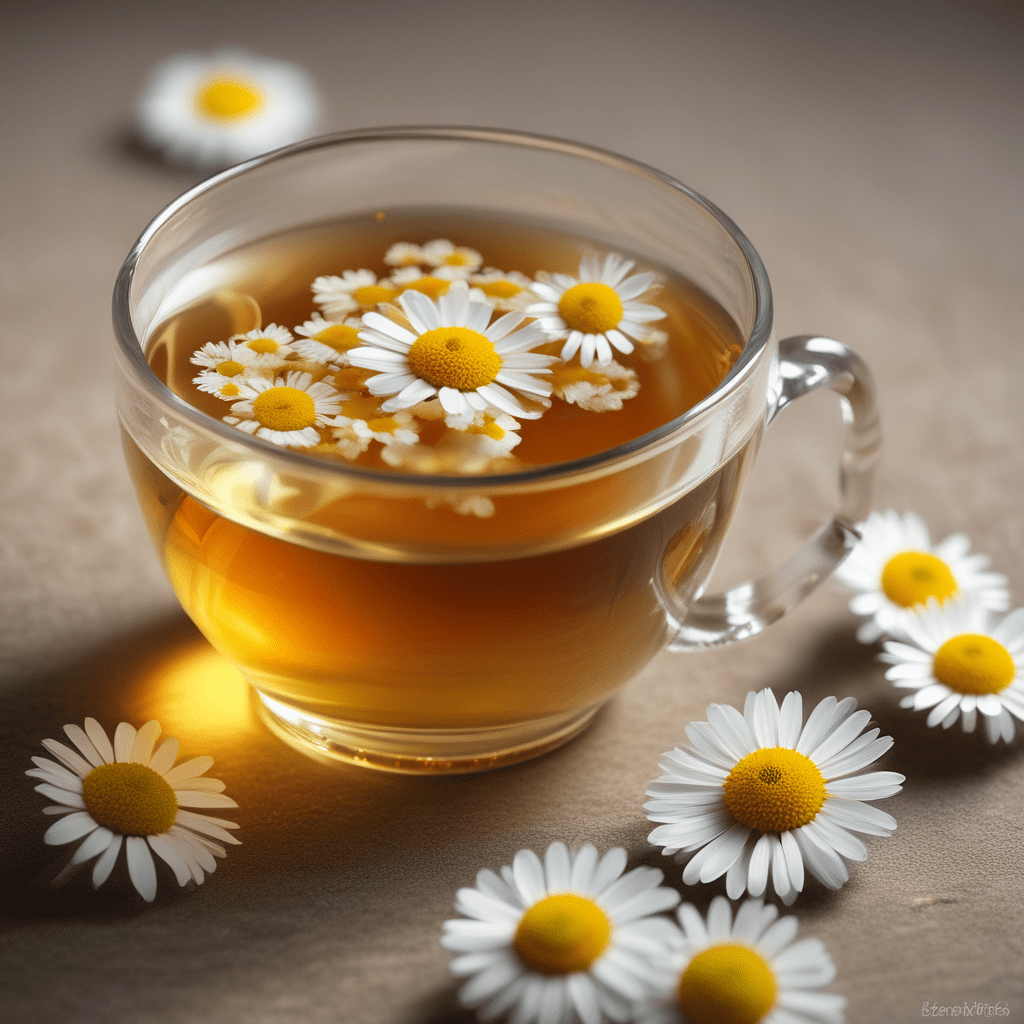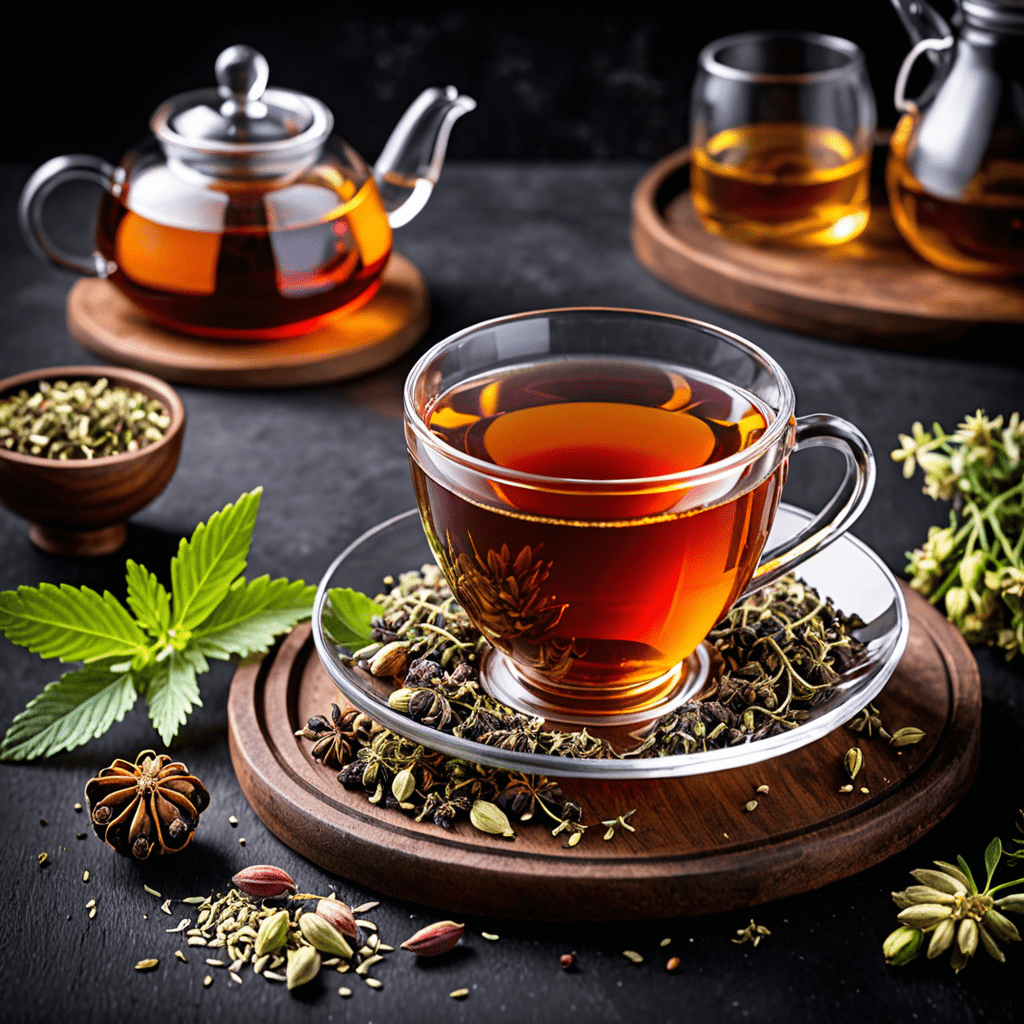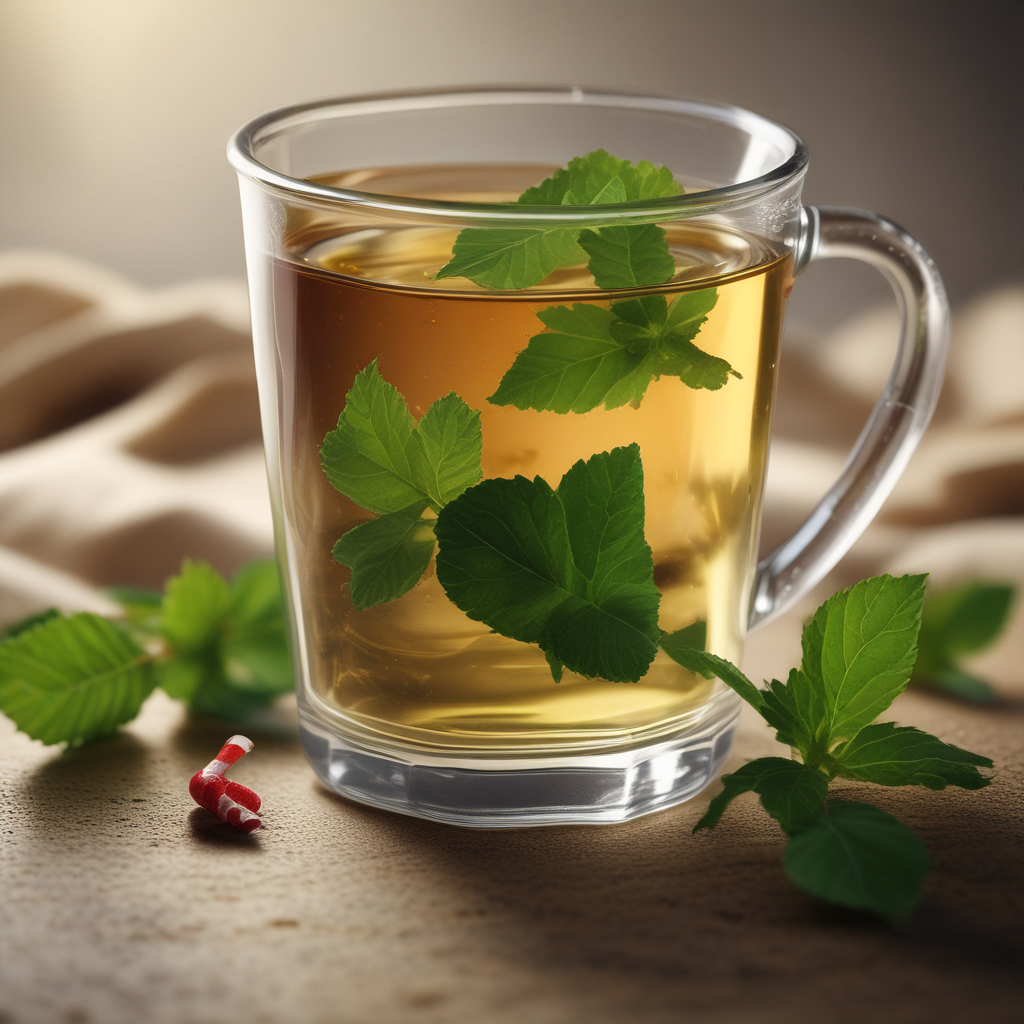
Introduction: The Allure of Chai
Chai tea, a captivating elixir loved by tea enthusiasts worldwide, holds a unique blend of exotic spices and aromatic flavors. Its origins dating back centuries, chai has evolved into a beverage embodying warmth, comfort, and cultural heritage. Whether savored in the bustling streets of Mumbai or tranquil tea gardens of Darjeeling, the allure of chai lies in its ability to invigorate the senses and soothe the soul. Its versatility extends from traditional preparations to contemporary variations, inviting tea lovers on a culinary adventure that unveils the multifaceted nature of this beloved beverage.
Historical Roots: The Origin and Evolution of Chai
Chai, deeply rooted in the tapestry of Indian tradition, emerged during the British colonial era. It is believed that British tea planters, seeking to enhance the flavor of their tea, began experimenting with local spices. This fusion of cultures resulted in the birth of chai, a harmonious blend of black tea, aromatic spices, and creamy milk. Over time, chai's popularity transcended borders, captivating tea drinkers around the globe. Today, chai tea stands as a testament to the rich cultural exchange between East and West, a beverage adored for its comforting warmth and enticing flavors.
The Components of Chai: A Blend of Spices and Aromatics
Chai tea derives its distinctive flavor profile from a symphony of spices and aromatics. The most prevalent ingredients include:
- Black Tea: The base of chai, black tea provides a robust foundation for the blend.
- Cardamom: This aromatic spice imparts a warm, slightly sweet flavor with notes of citrus and camphor.
- Cinnamon: Its sweet, spicy aroma adds depth and a touch of warmth.
- Ginger: Known for its sharp, invigorating flavor, ginger adds a refreshing zing to the blend.
- Clove: Its pungent, slightly bitter notes balance the sweetness of other spices.
- Star Anise: This unique spice contributes a licorice-like flavor, adding a touch of complexity.
- Black Pepper: A dash of black pepper adds a subtle yet noticeable spiciness.
Variations on a Classic: Exploring Different Chai Styles
The realm of chai tea extends beyond its traditional form, offering a diverse range of styles that cater to various palates. From regional variations to modern interpretations, chai enthusiasts can embark on a culinary journey to discover the multifaceted flavors of this beloved beverage.
- Masala Chai: The quintessential chai tea, it is a harmonious blend of black tea, spices, and milk, often sweetened with sugar.
- Kashmiri Chai: Originating from the Kashmir region of India, it is known for its distinct pink hue imparted by the addition of baking soda and a generous amount of almonds.
- Ginger Chai: A variation that emphasizes the invigorating flavors of ginger, it offers a spicy and refreshing alternative.
- Green Chai: A contemporary twist on the classic, it replaces black tea with green tea, resulting in a lighter and more delicate flavor profile.
- Chai Latte: A popular variation in Western coffee shops, it combines chai tea with frothed milk, creating a creamy and indulgent beverage.
The Health Benefits of Chai: A Sip of Wellness
Chai tea is not only a delectable treat but also a potential source of health benefits. Its blend of spices and herbs has been traditionally used in Ayurvedic medicine for centuries. Modern research suggests that chai may possess the following health-promoting properties:
- Antioxidant Properties: The spices in chai, particularly ginger and cloves, are rich in antioxidants, which help neutralize free radicals, protecting cells from damage.
- Anti-Inflammatory Properties: Ginger, a prominent ingredient in chai, exhibits anti-inflammatory properties that may help alleviate pain and inflammation.
- Improved Digestion: The spices in chai, such as cardamom and fennel, are known to aid in digestion and reduce gas and bloating.
- Boosted Immunity: Chai contains spices like cinnamon and cloves that have immune-boosting properties, helping the body fight off infections.
- Reduced Stress: The calming aroma of chai, particularly from spices like cardamom and nutmeg, may help reduce stress and anxiety.
Chai Tea Etiquette: The Art of Serving and Sharing
Chai tea holds cultural significance in many parts of the world, particularly in India. Serving and sharing chai is an act steeped in tradition and etiquette:
- Preparation: Chai is typically brewed in a small pot called a "kulhad." The spices are added to the boiling water first, followed by the tea leaves and milk. It is then sweetened to taste with sugar or honey.
- Serving: Chai is traditionally served in small cups or glasses. It is customary to offer a refill to guests, known as a "dudh-patti," which is a mixture of milk and tea.
- Etiquette: When enjoying chai in a social setting, it is considered polite to sip the tea slowly and savor its flavors. It is also common to engage in conversations and share stories while enjoying a cup of chai.
Chai Tea and Culinary Delights: Pairing Chai with Food
The versatility of chai tea extends beyond its standalone enjoyment, as it pairs well with a variety of culinary delights. Some popular pairings include:
- Biscuits and Cookies: The sweet and spicy flavors of chai complement the buttery richness of biscuits and cookies, creating a harmonious balance of flavors.
- Pastries and Cakes: The aromatic notes of chai enhance the sweetness of pastries and cakes, adding a warm and inviting touch to dessert time.
- Fruit and Yogurt: The tangy flavors of fruits and the creaminess of yogurt pair surprisingly well with chai, resulting in a refreshing and invigorating combination.
- Savory Snacks: Chai can also be enjoyed alongside savory snacks like samosas, pakoras, and onion bhajis, adding a spicy and flavorful dimension to the meal.
- Spiced Nuts: The warmth and spice of chai complement the nutty flavors of almonds, cashews, and pistachios, creating a satisfying and flavorful snack.
Frequently Asked Questions (FAQs)
What is the best way to make chai tea at home?
- To prepare chai tea at home, combine black tea, spices (such as cardamom, cinnamon, and ginger), and milk in a saucepan. Bring to a boil, then simmer for 5-7 minutes. Strain and sweeten to taste.
What are some popular chai tea brands?
- Some well-known chai tea brands include:
- David Rio Chai
- Tazo Chai
- Bigelow Chai
- Stash Chai
- Some well-known chai tea brands include:
Can chai tea be made without dairy milk?
Yes, you can substitute dairy milk with plant-based milk alternatives such as almond milk, oat milk, or coconut milk.
Is chai tea caffeinated?
- Yes, chai tea contains caffeine from the black tea used in its preparation.
What are some health benefits of drinking chai tea?
- Chai tea may provide various health benefits, including antioxidant, anti-inflammatory, digestive, immunity-boosting, and stress-reducing properties.


